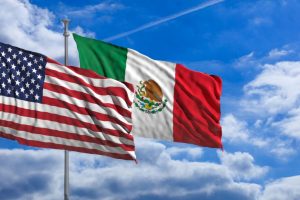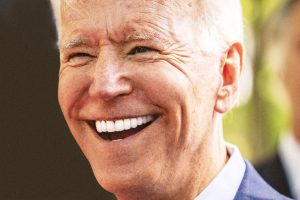Latinos 2016, the challenge is participation
For Hispanic voters, this presidential election is an easy pick, Hillary Clinton is their only option.
Supporting Donald J. Trump, a character who repeatedly insults them, promises to deport their parents, and who has made his imaginary wall the new great symbol for American racism, would be unthinkable.
Therefore, about 8 out of 10 potential Latino voters say they will vote for the candidate of the Democratic Party.
Is she unreliable? Has she also held political positions adverse to Mexico and free trade? Are macho prejudices part of the Hispanic cultural roots? All these may be true. However, considering the option that Mr. Trump represents, for the vast majority of Latinos, Hillary represents the best opportunity to achieve the immigration reform that has been postponed for the last 16 years.
The fact that a small percentage of Hispanics consider voting for the Republican candidate is a symptom of the frustration, anger and poor political education of many Americans; among Latinos they are one in 5. And though it should not serve as consolation, in some other groups of society such disease is even greater; for example, among white men above 50 years of age who profess some evangelical religion, the Trump’s support reach 80 percent.
Anyway, the point is that along with other segments of the electorate –like women, immigrants, people with university studies, African Americans, who are defined as progressive or liberal, among others–, the vast majority of Latinos who vote will do it for Hillary.
The crucial issue here is how many and in which state.
Except in the last presidential election, in which there was a large consensus on the growing importance of the Latino vote in the definition of electoral coalitions capable to win the White House, the traditional thinking among circles of influence has been lamenting the small number of Hispanics that go to the polls.
“There are 55 million –they say–, and only 9 or 10 million vote.”
In addition to ignore the obvious –that 7 million Latinos do not have a regular immigration status–, a huge flaw in the analysis of the alleged “political apathy” among Latinos, have not been considering this main demographic advantage group, their youth.
On the way to becoming (in a few decades) one third of the total U.S. population, American born Latinos here are 20 years old in average. This means that until recently they were not allowed to vote.
At this historic moment, the presidential election of 2016, a significant number of Latinos –near 27 million people– are eligible to vote. That is, representing 13 percent of the population, they are 12 percent of potential voters.
However, against the possibility of a massive Latino participation there is a fact as hard as a rock: in the vast majority of modern democracies in the world, about half of their citizens simply do not vote.
It is in this context that the Latino vote can be decisive. According to most experts, in a normal scenario –an imaginary reference in this process–, about 12 million Latinos will cast a vote this year.
Overcoming the natural inertia of the Latinos soft integration requires more effort. And here it is where things start to get complicated.
Beyond the fact that there is weak political muscle among the Latino leadership, the main force that can alter this slow growth trend resides in the strength of the Latino families.
After all, the rudeness, repeated insults and promises of deportations from the beauty pageants businessman, for Latinos this time in the Presidential election, is a personal matter. Therefore, their motivation may not be out there in the campaign rallies, but at home. The rest is logistics.










